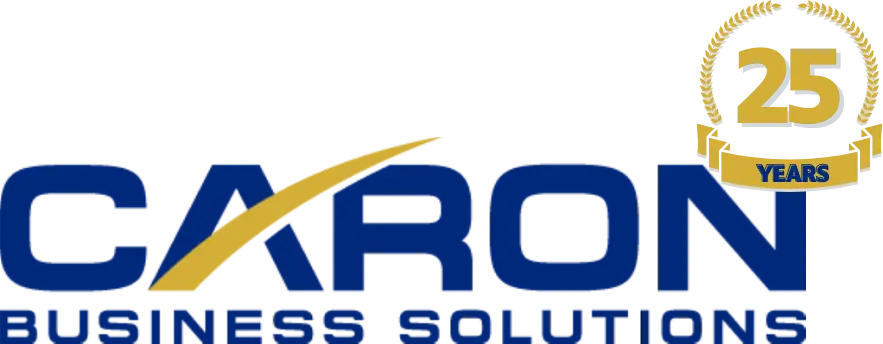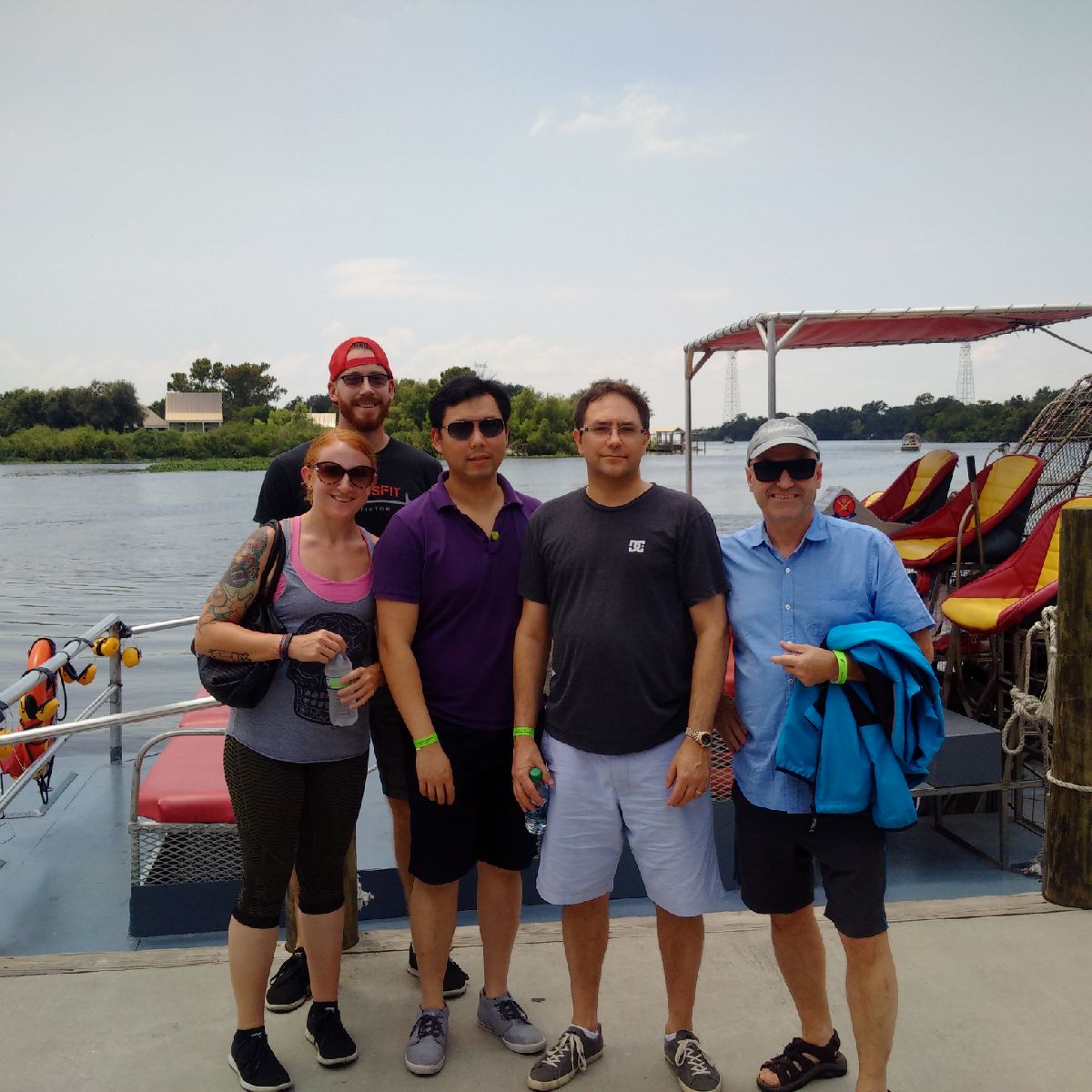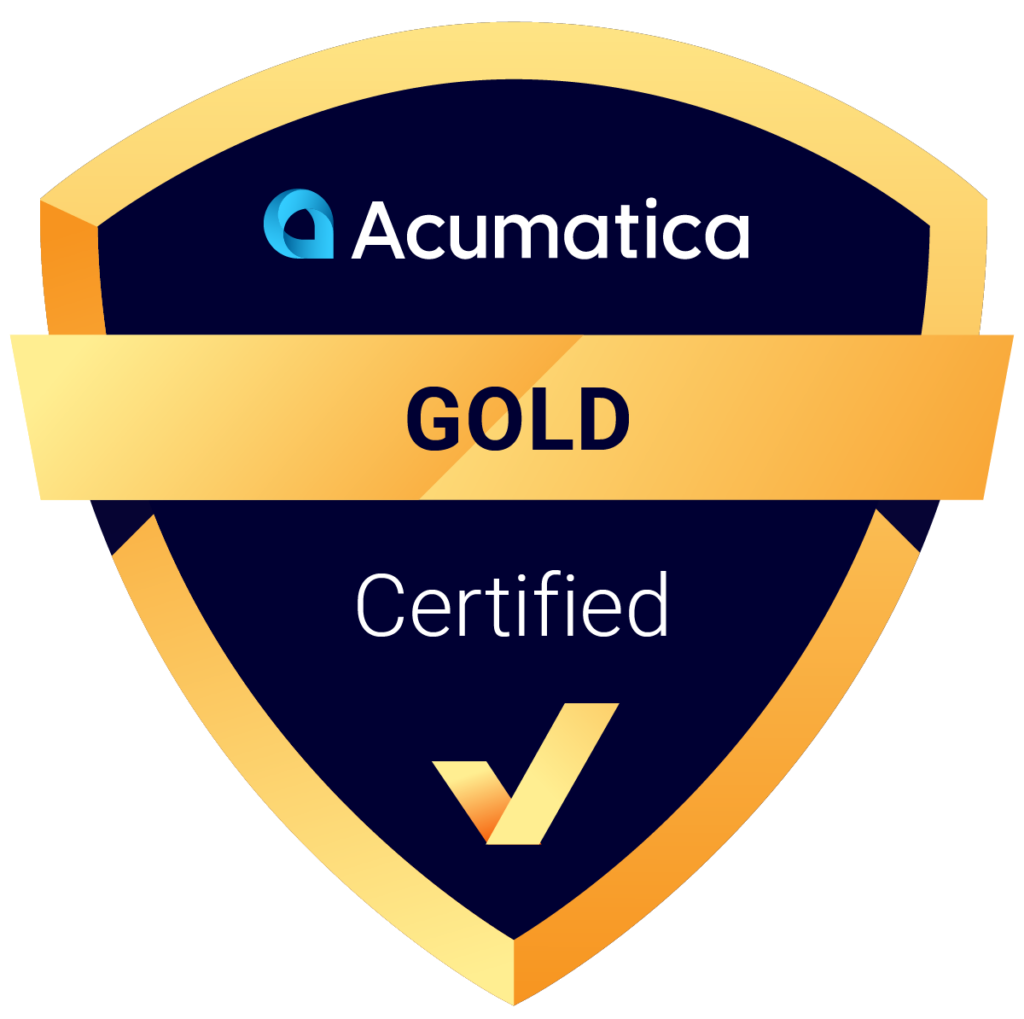In my opinion, software implementation consultants and Louisiana swamp tour guides possess similar effective project management skill sets.
Last summer our group of clients and staff got together for some R&R after a business conference in New Orleans. We gathered our pennies and pitched in for one of those world famous Louisiana swamp air boat tours. The tour itself was exhilarating, however, it was our knowledgeable tour guide who made the experience memorable. He was quite the character. He had many stories, and explained them in great detail while luring us through the various swamp canals. You could definitely tell he was an accomplished pilot, who else could make us feel safe as we raced past the cattails and bulrushes. He also did not hesitate to share all the standard corny jokes one would expect from a tour guide used to being surrounded by alligators. “Put your hand back in the boat Keith – I don’t get paid if the guests get eaten!”
This tour made me reflect on the work that we do – accounting, CRM and HRMS software implementations. What else do you think about when drifting in a boat with about 20 gators swimming around you? Accounting software, of course!
Stories. When our clients trust us to lead them through a software implementation, they rely on our expertise. We’ve done this before. We have experience with businesses similar to this client’s business, allowing us to share relatable stories. Although, our stories do not focus on gators and life in the Louisiana swamps they do revolve around best practices, lessons we have learned from other projects and scary tales of the dangers of unreconciled banks and subledgers!
To demonstrate this skill, your consultant/tour guide needs to be talkative and willing to share their tales from the battlefield. Furthermore, to deliver excellence the consultant may have to disagree with your plans, offer advice based on experience and direct you down the right canal. The consultant needs to be stand firm at the front of the boat and provide professional guidance.
Details and Status. A very common implementation project in our industry goes like this:
- Buy your software
- Phone your consultant to ask when you’re starting the project
- Start the project
- Wander aimlessly around the swamp with your consultant, figuring things out as you go and repairing holes in the boat you incur when bumping into logs and gators
- Assume you’re done because the consultant has stopped calling you.
If this has been part of your previous experience then your consultant has failed to fulfill his or her duties as a tour guide. A good consultant explains where you are in the project, how you’re doing compared to the project plan and what’s next. A properly guided project looks something like this:
- Organize a meeting with your and your consultant’s team to plan and manage tasks
- Buy your software (sorry – you still need to do this part)
- explain the purpose of each component of software
- agree to the high level project plan
- understand the roles and responsibilities of all participants
- conclude your meeting with a clear sense of future steps
- When the project is underway, each meeting with your consultant must include the following:
- A description of where you are in the project plan (which canal you are floating down in the swamp)
- A clear explanation of the goals of today’s session
- Execution of the tasks involved with the session
- A discussion of what’s next
- Make repairs to the boat before launch
Things can still do wrong in a project but proper assessment of alternatives and quick action can make the issues less threatening. Thus, be proactive and take steps before you decide to go floating down the canal with hungry gators snapping at you. The consultant/tour guide is the best person to lead you around the obstacles that you encounter.
- Lastly, when you’re ready to go live, a good consultant provides:
- A clear, agreed, and executed go-live action plan
- Assistance as you launch the boat and go live!
- A smooth transition – hand-over of the ropes to the support team.
Skills. The steps described above can only work and be beneficial if your consultant knows his or her stuff. For instance, I can confidently share that our guide was a well-trained captain who made us feel safe while maneuvering in the swamp. For your software implementation project, your consultant must be an expert in the software and, even more so, be someone who possesses exceptional implementation and leadership skills.
Most of us cannot guarantee that our tour guides know every twig in the swamp. However, we should have full confidence that the consultant we hire know how the software works and how the implementation of that software will help us achieve our ultimate goals. If your consultant seems lost, get someone else to control the course of the boat.
Corny Jokes. The last skill demonstrated by our captain was the ability to tell corny jokes to make us feel comfortable. OK – how’s this?
A dyslexic man walked into a bra.
OK – so not all consultants can form jokes. If they could, then the project would be a little more enjoyable. If they tell great jokes but fail at the steps above it will be crickets man – crickets!




